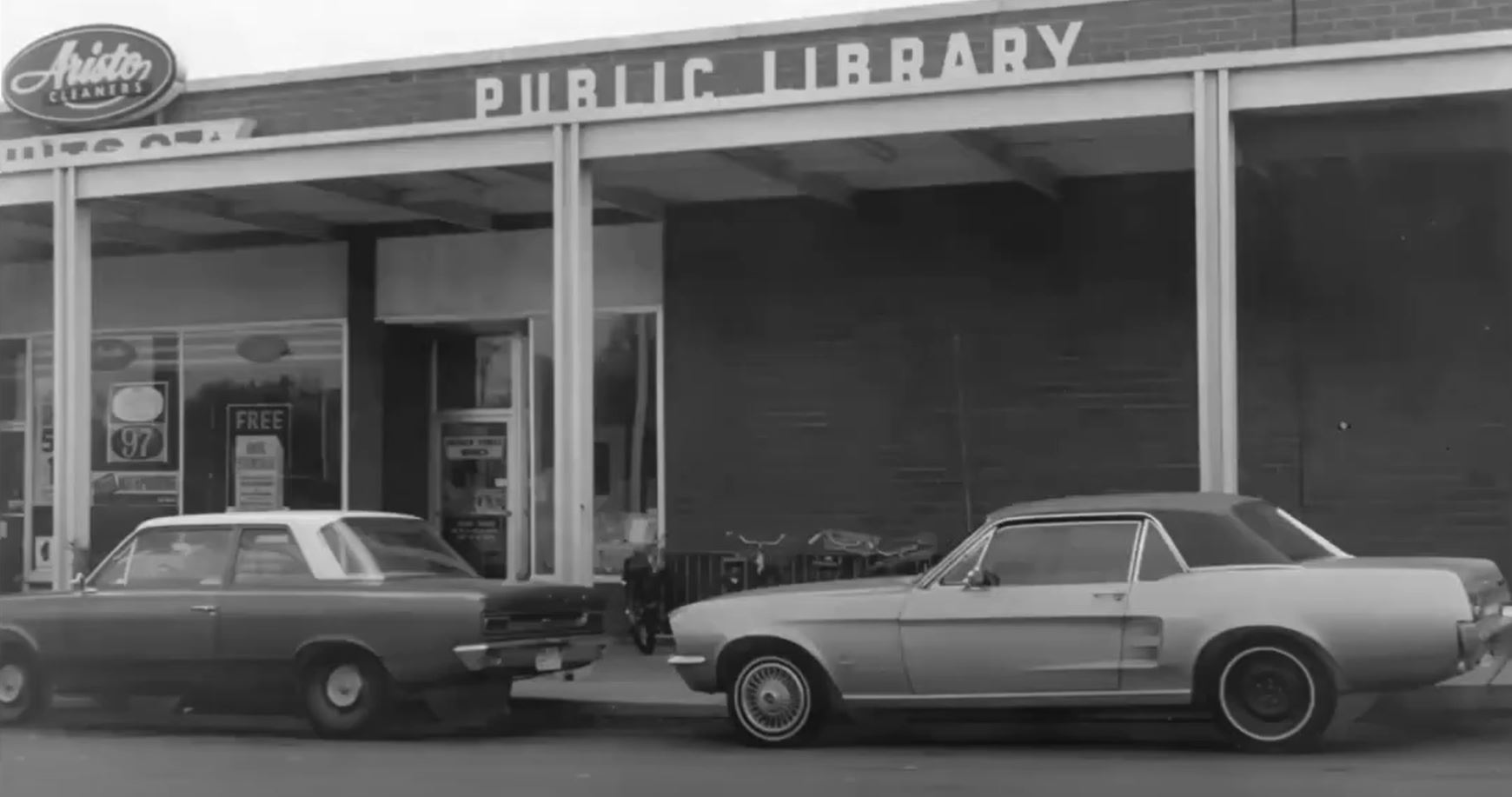
It all began with a question. The Fairfax County Public Library (FCPL) Board of Trustees had over the past year onboarded a cohort of new Trustees who were eager to learn more about the library, its place in the community, and how the library’s past influenced the programs and services offered now. One of the new Trustees, Dr. Hampton is also highly involved in other community organizations, including serving as Education Chair for the local chapter of the NAACP. When she asked staff about the desegregation process for our libraries we provided our time-tested and researched response: FCPL had never been publicly segregated. Library staff in the local Virginia Room had received the same question numerous times over the years and, as best they could determine, FCPL had been open to all citizens since its inception. This answer was based predominantly on a thesis written in August 1963 called “Integration in Public Library Service in Thirteen Southern States 1954-1962”.
Dr. Hampton rightfully challenged our general response and asked us to dig deeper. Our local school district, Fairfax County Public Schools, had been segregated; how could the library, as another public institution, been open to all while schools maintained separate spaces based on perceived race? The fantastic staff of the Virginia Room, Chris Barbuschak and Suzanne LaPierre, who are both local history gurus and librarians extraordinaire, took this challenge to heart and began the intensive work of deep historical research, personal journeys to sites of note, and first person interviews. Their amazing fortitude and drive to find the truth led FCPL to a new response to that question. Yes, FCPL was segregated. Yes, separate services were provided for White residents and for Black residents. The surface answer we had provided for years gave way to the truth, that our path to desegregation was mirrored across the region for our residents.

Staff worked on this project for many months, culminating with a complete report, Unequal Access: The Desegregation of Public Libraries in Northern Virginia., that was presented to the Board of Trustees. The report is also available in full online as part of the library’s eBook collection, and a comprehensive and guided walkthrough of the report is posted on YouTube. While the historical context and documentation itself is invaluable as a resource for the community, the hidden gem of this process has been opening minds and eyes to how history continues to resonate into the future. Fairfax County, like many other jurisdictions, continues to work on defining conversations and expectations around race, social justice, equity, and access. Even now, community debate continues about the value of renaming streets and spaces named for historical figures identified as racist, slaveholders, misogynists, and more. The library’s work around desegregation provides an opening moment of dialogue, a context for people who need a grounding in what has happened before as they start to discuss what happens next. Sometimes a single question is all it takes to look at an issue anew.
All my thanks to Chris Barbuschak and Suzanne LaPierre – their dedication and incredible enthusiasm for shining a bright light on local history made this project a success and to Trustee Sujatha Hampton, for her inquisitive mind, incredible perspective, and tenacity to uncover some of our harder truths.
– Jessica Hudson, Director, Fairfax County Public Library






